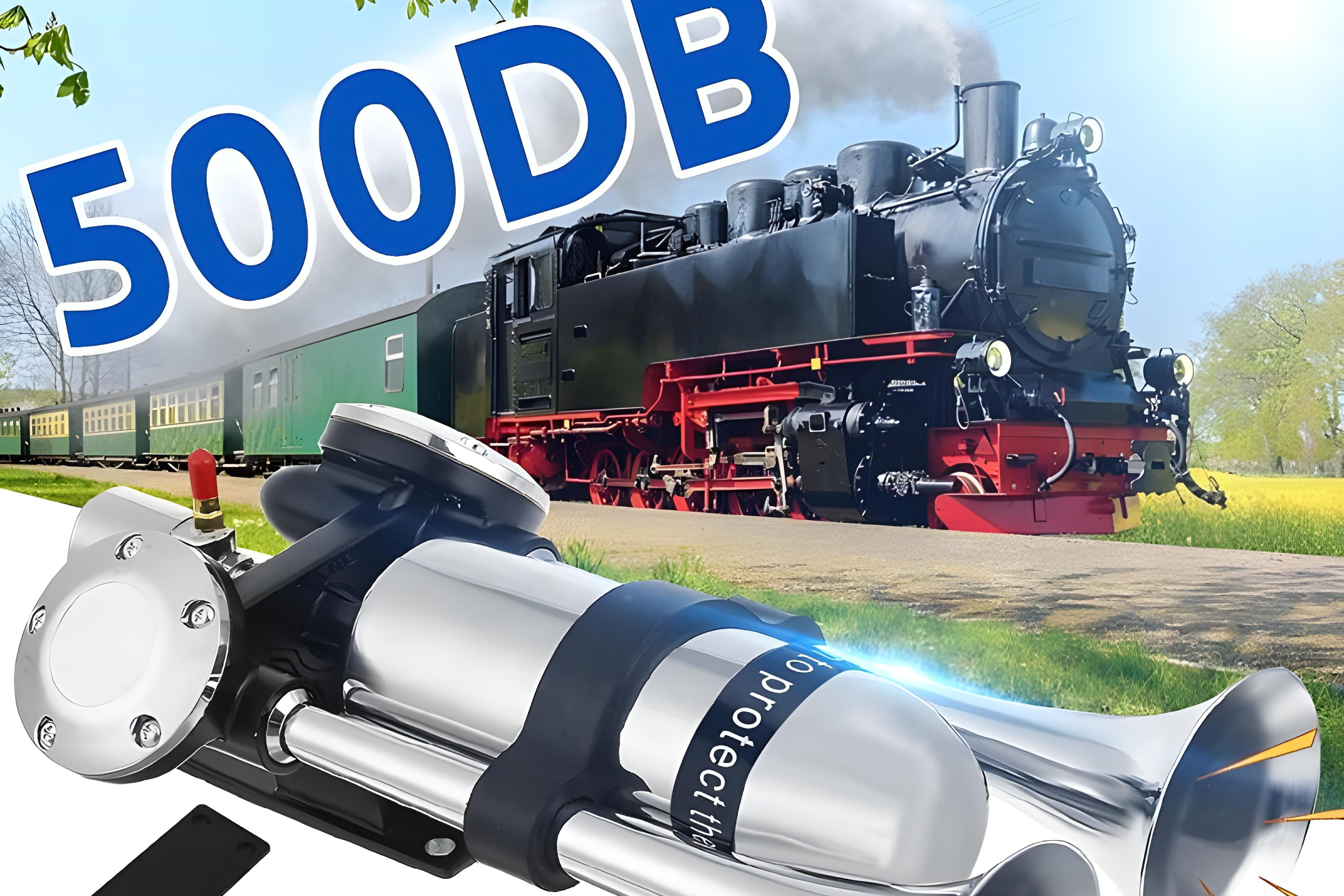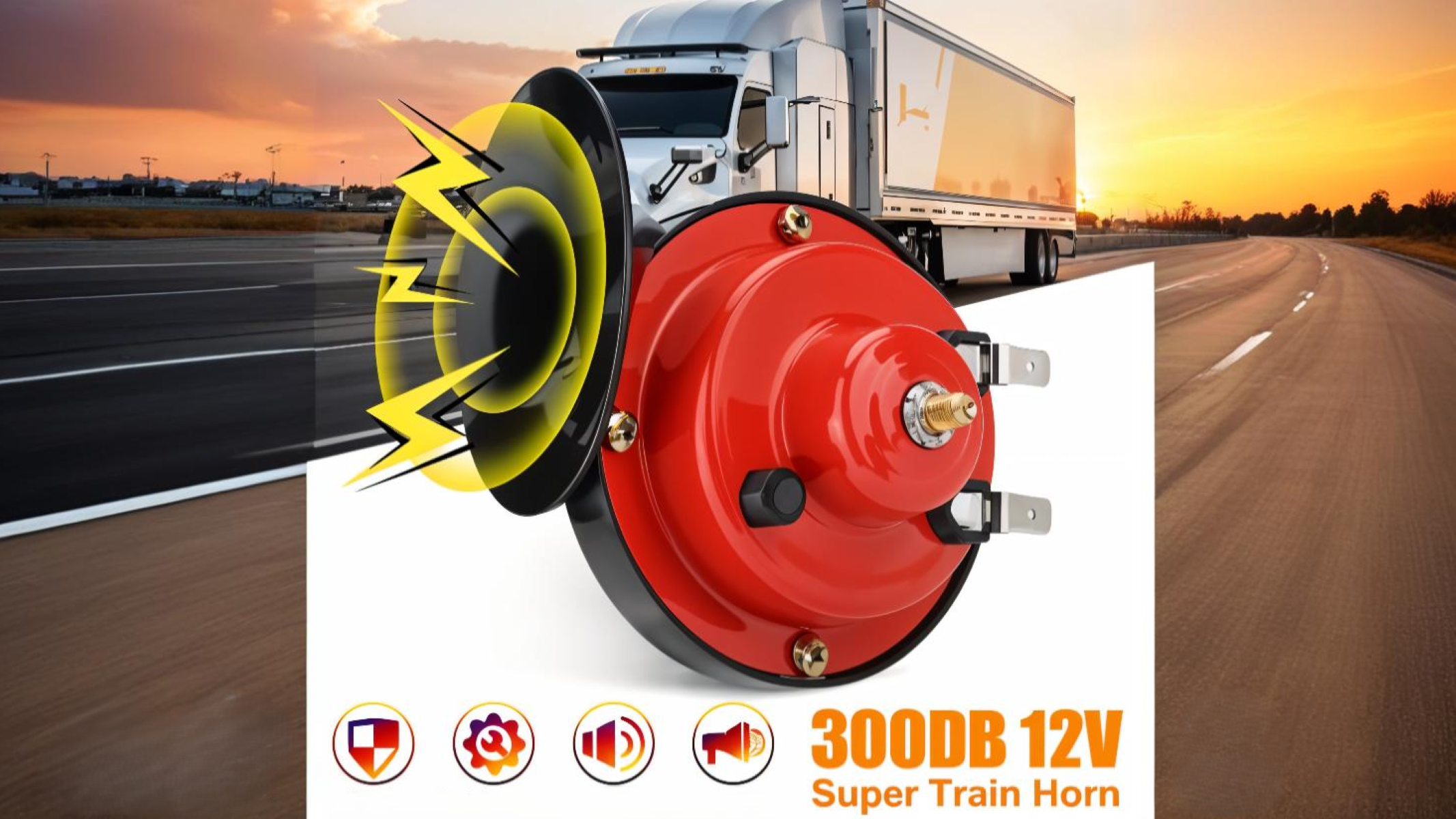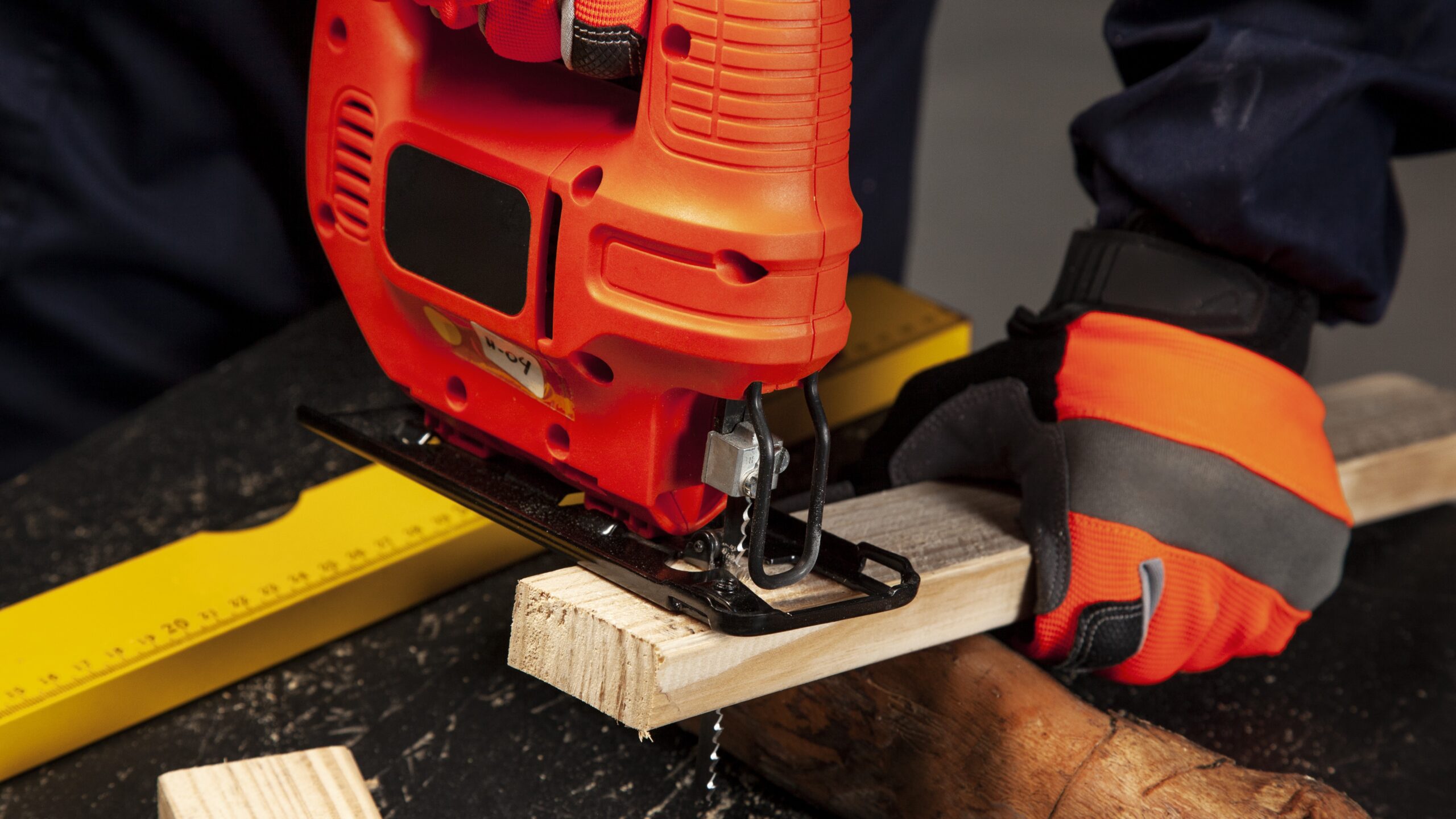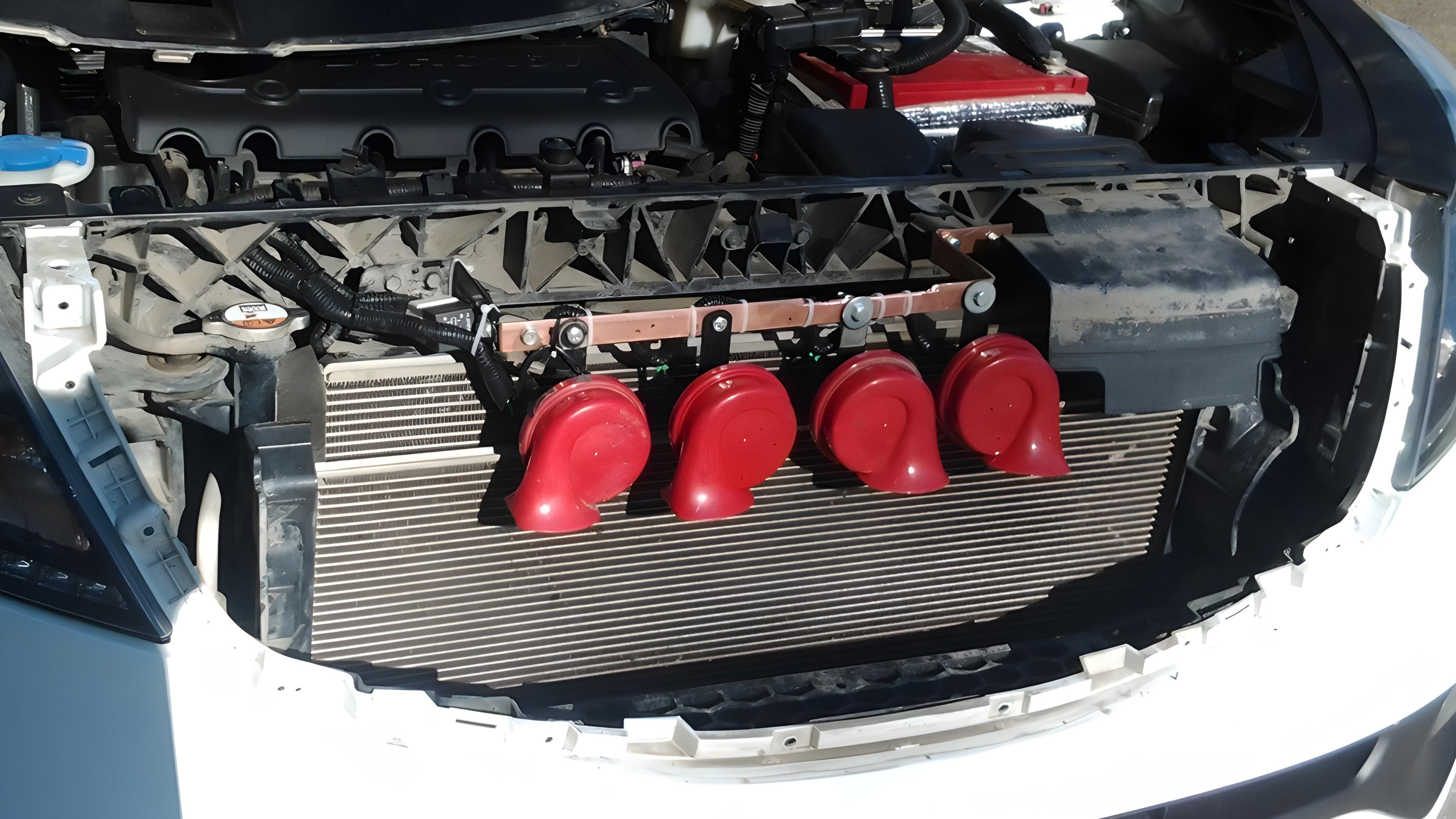When you hear the sound of a train’s horn in the distance, it’s more than just a signal to move aside. It’s a part of a long and rich tradition of locomotive safety systems that have been fine-tuned over decades. For train enthusiasts, understanding the complexity and importance of these warning systems isn’t just about appreciating trains. It’s about delving into the details of what keeps these massive machines running safely and efficiently. In this article, we’ll explore the intricacies of locomotive-style warning systems, how they work, and how you can create your own systems for model trains or as a hobby.
The Basics of Locomotive Warning Systems
Before jumping into creating your own system, it’s essential to understand what makes locomotive warning systems tick. Locomotive warning systems are built for one purpose: safety. They provide both visual and auditory signals to alert the crew, passengers, and people near the tracks about potential dangers. These systems play a crucial role in ensuring that trains operate smoothly without causing harm to others. Without them, the risks associated with train travel would be far greater, and accidents could occur more frequently.
Audible warnings, such as horns and whistles, are one of the most recognized parts of locomotive warning systems. The sound of a train’s horn serves as a powerful signal to people and vehicles on or near the tracks, letting them know that a train is approaching. These horns are not only meant to grab attention but also convey specific messages depending on their duration and pattern. For example, a single long blast of the horn can signal an impending crossing, while a series of shorter blasts may indicate danger or the need for others to clear the tracks.
Visual signals are equally important in warning systems. Train headlights, flashing lights, and other signal devices are used to alert both those on the train and people nearby. The lights help ensure that the train is visible in low-light conditions or in areas with limited visibility, like tunnels or curves. The flashing lights along the tracks also serve as a clear signal to those approaching, indicating whether it is safe to cross or whether they should stop. The coordination of both sound and visual signals helps create a more effective warning system that can prevent accidents.
In addition to basic signals, modern trains are equipped with more advanced warning technologies that further enhance safety. Automatic systems, such as Positive Train Control (PTC) and Automatic Train Stop (ATS), use sensors and satellite communication to detect track conditions and ensure that trains do not exceed speed limits or enter dangerous zones. These systems work seamlessly with traditional signals to create an integrated safety network, reducing the chances of human error and ensuring that both the train crew and the public are kept safe from harm.
How Locomotive Warning Systems Work
At their core, locomotive warning systems are designed to prevent accidents. These systems use a combination of sound, light, and automated signals to ensure the safety of passengers, crew, and anyone near the tracks. The different components of these systems work together to create an effective warning mechanism that alerts people about potential dangers and gives them enough time to react. The most common forms of these systems include:
- Audible Warnings: Horns and whistles are the most recognized forms of locomotive alerts. These audible signals serve as warnings to pedestrians, vehicles, or other trains about an approaching locomotive. The sound of a train’s horn can travel over long distances, ensuring that those in its path are aware of the train’s presence. These horn blasts are carefully regulated and follow a set pattern to communicate specific messages, such as signaling a crossing or indicating an emergency.
- Visual Warnings: Lights play a critical role in warning systems. A locomotive’s headlights help it remain visible in low-light conditions, such as at night or in foggy weather. In addition to the headlights, flashing lights on the train or along the tracks serve as signals to those nearby. These flashing lights can indicate that the train is approaching a crossing, that it is in motion, or that a dangerous situation exists. By providing a visual signal, these warning lights help people to react promptly, either by stopping, moving away, or preparing to cross safely.
- Automatic Warning Signals (AWS): More advanced warning systems include automatic warning features that go beyond basic lights and sounds. Automatic Warning Signals (AWS) use sensors to detect track conditions and train movements, automatically alerting the crew if there is an issue, such as a track obstruction or an unsafe speed. This system enhances safety by reducing human error and providing continuous monitoring of the train’s environment. AWS is often integrated into more modern trains, providing an extra layer of protection by automatically activating alerts in real-time.
Why These Systems Matter
| Component | Description | Purpose | Technology | Examples |
| Audible Warnings | Horns and whistles that emit sound signals | Alert pedestrians, vehicles, and crew of approaching danger | Pneumatic or electric horns | Train Horns, Whistles |
| Visual Warnings | Lights such as headlights, flashing signals, and warning lights | Signal danger zones, track conditions, or train movement | LED lights, Halogen bulbs | Headlights, Crossing Signals |
| Automatic Warning Signals (AWS) | Systems that detect track conditions and send alerts | Automatically warn the crew of track issues or danger | Sensors, GPS, Track Monitoring | Positive Train Control (PTC) |
| Trackside Signals | Infrastructure-based signals like flashing lights and gates | Provide visual cues for train operators and public | Electrically operated signals | Crossing gates, Warning lights |
| Control Systems | Advanced computer systems that monitor and adjust train speed or actions | Maintain safe speed limits, detect and correct potential issues | Satellite-based, computer-controlled | Automatic Train Stop (ATS), PTC |
The Horn and Whistle
This is the most iconic part of any locomotive warning system. The train’s horn, typically activated by the engineer, serves as a vital safety tool for alerting nearby people and vehicles of the train’s approach. It is loud, unmistakable, and capable of cutting through the noise of the environment, ensuring that those within earshot are aware of the train’s presence. The horn is used in a variety of situations, from approaching crossings to signaling other trains or workers on the tracks. In model train setups, recreating this sound is crucial for authenticity, and it is typically achieved through mechanical or digital sound systems that mimic the real-life sound of locomotive horns.
The horn’s primary function is safety. It warns pedestrians, drivers, and workers of an impending train, giving them time to clear the tracks. In addition, it is used to communicate between trains and the crew, especially in emergency situations or when there is a need to indicate a problem or unusual condition on the track. Because of its critical role in avoiding accidents, the design of horn systems has been fine-tuned over the years to make sure the sound is loud, clear, and able to be heard over significant distances.
Understanding the different horn signals is essential for anyone looking to design a more authentic warning system, especially in the case of model trains. In real locomotives, specific horn signals are used to convey different messages, depending on the situation. A short blast can be used as a general warning to get attention, while a long blast is typically used to signify danger ahead. These signals are not only used for safety but also for communication with other trains and personnel, making them an essential part of the operation.
For example, a single short blast generally means “attention,” signaling that the train is approaching and that others should take notice. A long blast, on the other hand, signifies that there is danger ahead, and those in the area should be alert. More specific signals are also used, such as two short blasts to indicate that the train is reversing and three short blasts to notify that the train is moving forward. These distinct patterns ensure clear communication between the train and those who may be affected by its movement.
Visual Signals
Along with horns, visual signals are another critical component of locomotive warning systems. These signals help ensure that the train is visible, especially in low-light conditions, and convey important safety information to those nearby. Visual signals are used to warn pedestrians, drivers, and workers of potential dangers, as well as to communicate with other trains and the crew. For your personal model, you could install small LEDs or lights that simulate the effects of real locomotive headlights or signal lights. Here’s a breakdown of the different types of visual signals typically used in locomotive warning systems:
- Headlights: These are the primary source of visibility for the locomotive, especially when traveling at night or in foggy conditions. In model trains, LED headlights can replicate the intense, focused light that helps the train be seen from a distance.
- Flashing Lights: Often placed at railroad crossings or along tracks, these lights serve to indicate when a train is approaching. Flashing lights signal to pedestrians and drivers that they should stop and wait for the train to pass.
- Signal Lights: These are stationary lights installed along the tracks. They can be used to indicate a variety of conditions, such as whether it is safe to proceed or if there is a hazard ahead. In model train setups, signal lights can be used to simulate real-world signaling systems, alerting viewers to changes in the train’s status or position.
- Warning Lights at Crossings: These lights are typically paired with gates or barriers at railroad crossings. When a train is approaching, the warning lights flash to indicate to drivers and pedestrians that they should stop and wait for the train to pass.
- Emergency Lights: On some trains, additional flashing lights or strobe lights are used during emergencies or in hazardous situations to alert others to the severity of the situation. These lights are often seen in conjunction with other warning signals, including the train horn.
Train Control and Warning Technology
| System | Description | Primary Function | Technology Used | Examples of Application |
| Positive Train Control (PTC) | A safety system designed to automatically stop or slow a train if it is at risk of a collision | Prevent train-to-train collisions, derailments, and accidents due to human error | GPS, wireless communication, and onboard computers | Preventing collisions, speed regulation |
| Automatic Train Stop (ATS) | A system that automatically stops the train if the engineer fails to respond to signals | Ensure the train stops at stop signals or track conditions that require stopping | Sensors, trackside signals, and brakes | Preventing train from running past signals or exceeding speed limits |
| Train Monitoring Systems | Systems that continuously monitor the train’s performance and track conditions | Provide real-time data on the train’s status and surroundings | Sensors, real-time data transmission | Monitoring train health, track conditions |
| Satellite-Based Systems | Use satellite signals to track train locations and provide real-time updates | Enable constant monitoring and communication with control centers | GPS and satellite communication | Location tracking, route optimization |
| Emergency Braking Systems | Automatic braking that is triggered in emergency situations to prevent accidents | Ensure the train comes to a complete stop during emergencies | Sensors, brakes, emergency systems | Train stopping in case of obstacles or hazards |
Model Train Systems: Creating Your Own Warning System
Now that you understand the basics, it’s time to dive into how you can create your own locomotive-style warning system for your model train setup. Whether you’re building a simple sound system or a more complex integration of lights, sensors, and automatic signals, there are a variety of ways to bring realism to your layout. The process of creating a warning system adds a dynamic layer to your model train world, making it more immersive and interactive.
The first step is to decide what aspects of a locomotive warning system you want to simulate. Are you interested in recreating the iconic horn sound, the flashing lights at crossings, or adding automated warnings based on track conditions? By narrowing down your goals, you can focus on the elements that matter most to you and your layout. Make a list of the key components you’d like to include, and think about how they can work together to create a more realistic experience.
Once you’ve decided on the elements you want to incorporate, it’s time to choose your components. For the sound system, look into small, programmable sound modules that can play train horn sounds at appropriate times. Many model train stores offer sound boards that are easy to install and can be triggered by events like the train passing a certain point on the track. For visual signals, consider using LED lights to simulate train headlights, crossing lights, or warning signals. These lights can be wired to respond to the train’s movement or controlled by sensors that activate them automatically. Track sensors are also an option for those wanting to integrate automated warnings that detect when a train approaches and trigger the appropriate sounds and lights.
Next, you’ll need to integrate these components with wiring and circuits. A basic relay system is often used to link the sensors, lights, and sound systems together. When the sensors detect a train, they can activate the horn and lights, making the system feel more realistic and engaging. Understanding the basics of wiring and circuits will be helpful in ensuring that everything works together smoothly. Once your system is connected, it’s time to test and adjust. Run your trains along the track and observe how the sound and light signals align with the train’s movements. You may need to tweak the timing or adjust the settings until the system feels just right, making sure the warning signals are activated at the correct moments for maximum realism.




